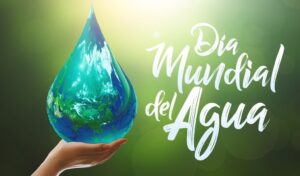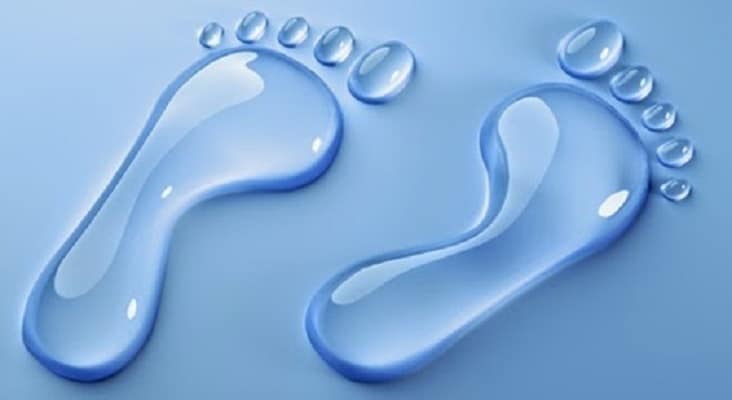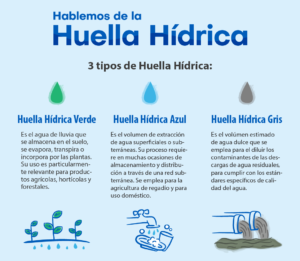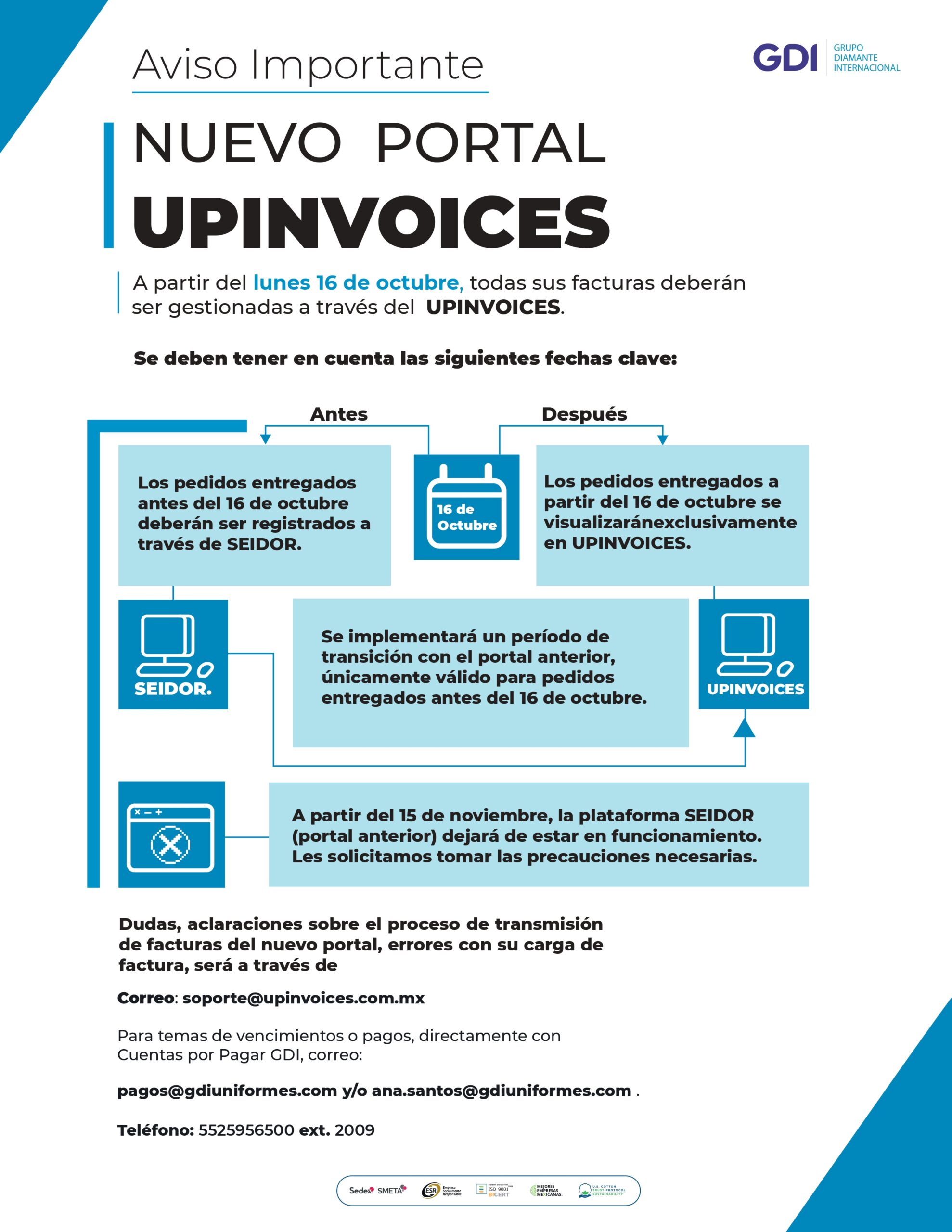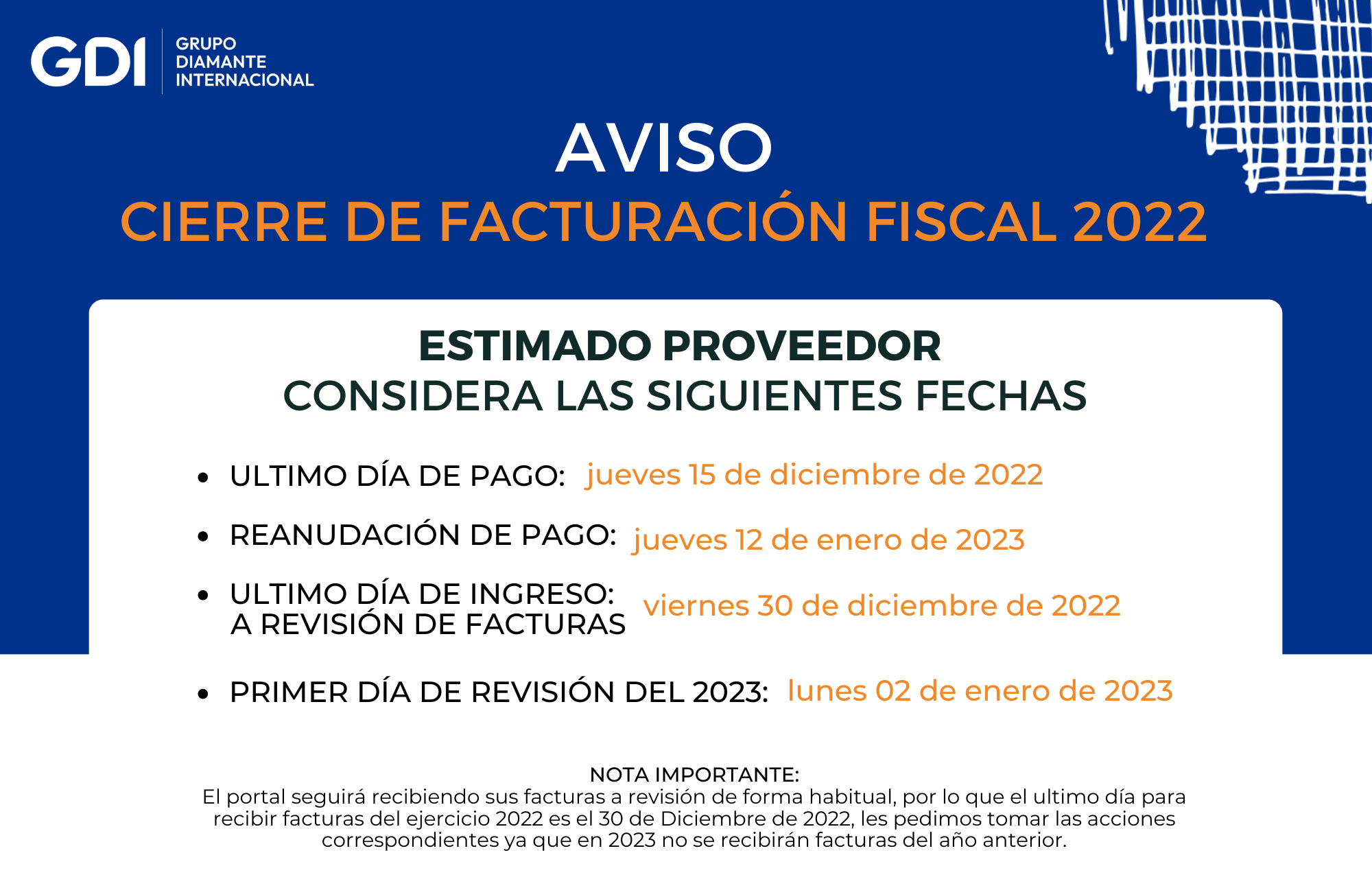El Día Mundial del Agua se celebra cada 22 de marzo, con el objetivo de llamar la atención sobre la importancia de este elemento y también para defender la gestión sostenible de los recursos hídricos.
El Día Mundial del Agua es una iniciativa de la ONU, la UNESCO, la WWF y el Consejo Mundial del Agua. Juntos, trabajan por un gran objetivo, que es asegurarse de que todas las personas del mundo tengan acceso a agua limpia y segura para 2030 y conseguirlo sin dañar al medio ambiente.
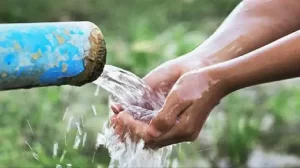
¿Por qué es importante?
En la actualidad, son muchos los países que no tienen acceso a agua potable, por lo que los seres humanos deberíamos tener siempre en cuenta lo preciado que es este bien. Además, la contaminación por plásticos está poniendo en peligro el agua de muchos mares, lagos y ríos.
El Día Mundial del Agua es una oportunidad para profundizar en los factores que intervienen en la obtención de agua potable, su suministro y cómo podemos marcar la diferencia para preservar este bien tan valioso.
¿Sabías que..?
- 74 millones verán acortada su vida a causa de enfermedades relacionadas con el agua, el saneamiento y una higiene deficientes.
- 1 de cada 4 personas (2000 millones de personas) en todo el mundo carecen de agua potable segura.
- Casi la mitad de la población mundial carece de un saneamiento seguro.
- Se prevé que la demanda mundial de agua (en extracciones de agua) aumente en un 55 % para 2050.

Consejos para cuidar el agua
- Cerrar los grifos mientras se cepillan los dientes o enjabonan los platos
- Reducir tiempo que tardas en ducharte
- Lavar las frutas y verduras en un mismo recipiente, no dejando correr el agua del grifo.
- Cuando vayas a afeitarte, llena el lavabo en lugar de dejar correr el agua.
- Usa reductores de caudal o aireadores en los grifos, así impedirás que la cantidad de agua que sale supere el límite fijado.
En Grupo GDI hemos desarrollado un conjunto de iniciativa en reciclaje y reducción de desechos, eficiencia energética, ahorro de agua y desarrollo de prendas con material reciclable. Contamos con un programa de desarrollo sostenible, creamos procesos óptimos para obtener siempre un resultado de alta calidad.
